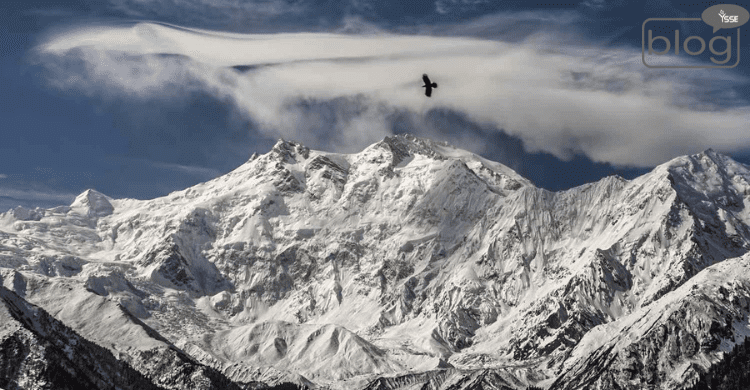The Tibetan Plateau is a vast plateau situated in the southwest region of China. It is also referred to as the Himalayan Plateau, Qinghai-Tibet Plateau, or Qing-zang Plateau. From east to west, it spans over 2,500 km and 1,000 kilometers from north to south.
Because its ice fields provide the largest freshwater resource outside of the polar zone, it is known as the third pole of the world.
It is sometimes called the roof of the world because of its average height of 4,000 meters above sea level and the presence of Mount Everest, the highest peak in the world, in Tibet.
SURROUNDINGS
The Tibetan Plateau is encircled by huge mountain ranges. The plateau is bordered on the south by the inner Himalayan range, on the north by the Kunlun Mountains, which divide it from the Tarim Basin, and on the northeast by the Qilian Mountains, which divide it from the Hexi Corridor and Gobi Desert. To the east and southeast of the plateau are the Hengduan Mountains, which are the mountainous headwaters of the Salween, Mekong, and Yangtze rivers in western Sichuan and northwest Yunnan. The wild Karakoram mountain range in northern Kashmir embraces the plateau on its western side. On the western Tibetan Plateau, near Lake Manasarovar, is where the Indus River originates.
GEOLOGY
The majority of the Tibetan Plateau is covered in low terrain. The geologists disagree as to what caused this. While some contend that the low relief of the Tibetan Plateau is the result of erosion and infilling topographic depressions that happened at already high heights, others contend that the Plateau is just an elevated peneplain developed at low altitude. There is disagreement on the plateau’s present tectonics as well. The block model and the alternate continuum model offer the most well-regarded explanations. The former states that significant strike-slip faults divide the plateau’s crust, which is made up of several blocks with minor internal deformation. In the latter case, the flow inside the crust causes scattered deformation that affects the plateau.
ENVIRONMENT
Numerous ecosystems are found on the Tibetan Plateau; the majority of these are categorized as montane grasslands. There are regions of the plateau with shrublands and woods impacted by the monsoon, and other sections with an ecosystem akin to an alpine tundra. Because of its high altitude and little precipitation, the plateau often has a lower species diversity. The Tibetan wolf, as well as many kinds of snow leopard, wild yak, wild donkey, cranes, vultures, hawks, geese, snakes, and water buffalo, may be found on the Tibetan Plateau. Among the animals of note is the high-altitude jumping spider, which can survive at heights above 21,300 feet (6,500 meters).
IMPACTS ON OTHER REGION
The seasonal cycles of surface temperature that fluctuate in amplitude across land and ocean surfaces are what give rise to monsoons. The reason for this differential warming is because the heating rates of land and water are different. Due to wind and buoyancy-generated turbulence, ocean heating is spread vertically through a “mixed layer” that may reach a depth of 50 meters. In contrast, the land surface conducts heat slowly, with the seasonal signal reaching just a few meters. Liquid water also has a far higher specific heat capacity than the majority of things that make up land. When these elements come together, the heat capacity of the seasonal cycle-participating layer is far higher over the seas than it is over land, causing the land to warm and cool more quickly than the ocean.
While the land cools down quickly in the winter, the ocean retains heat for longer. A wide area of drying high pressure forms over the land, enhanced by wintertime cooling, while hot air over the ocean rises, producing a low-pressure area and a breeze from land to ocean. Similar to sea and land breezes, which are generally used to describe the localized, daily cycle of circulation close to coasts worldwide, monsoons are stronger, more extensive, and occur in specific seasons. The strongest monsoon on Earth is caused by the yearly wind shift and weather linked to the warming and cooling of the Tibetan plateau.
To read more blogs like this, click here.
Writer :
K M Jahin
Intern,
Content Writing Department,
YSSE

